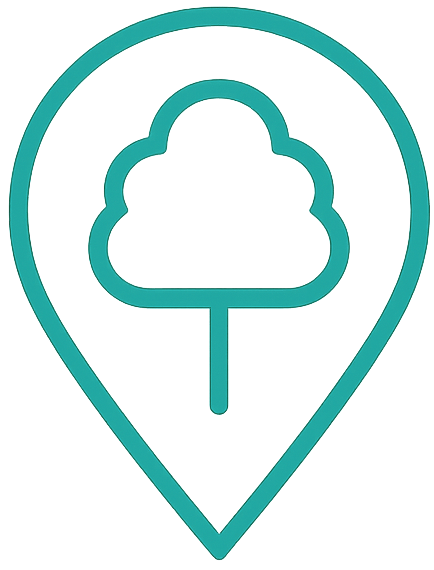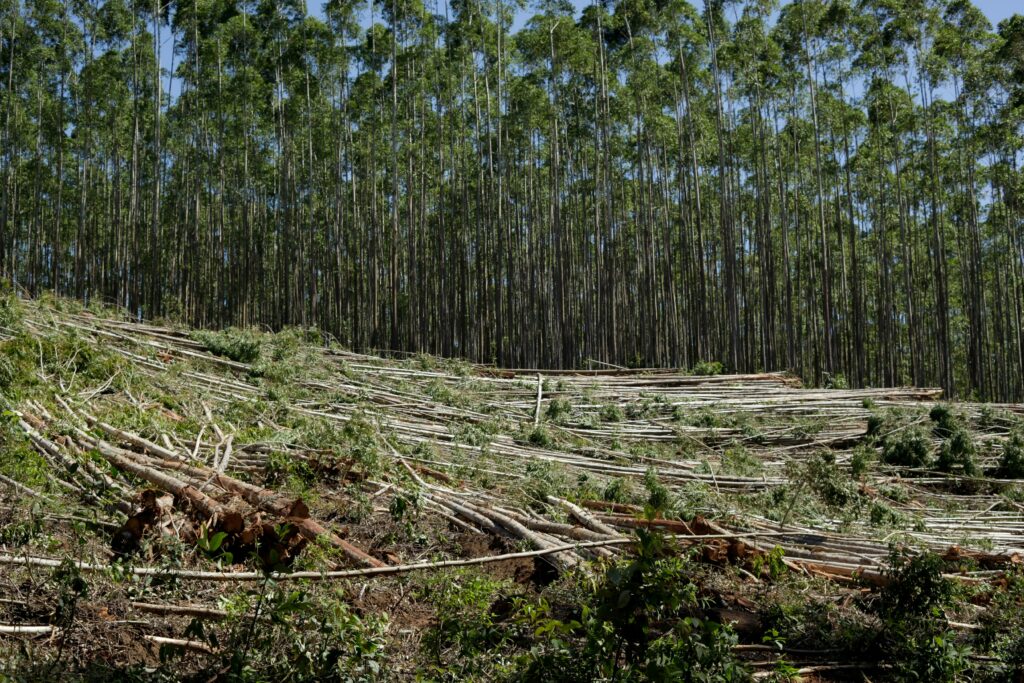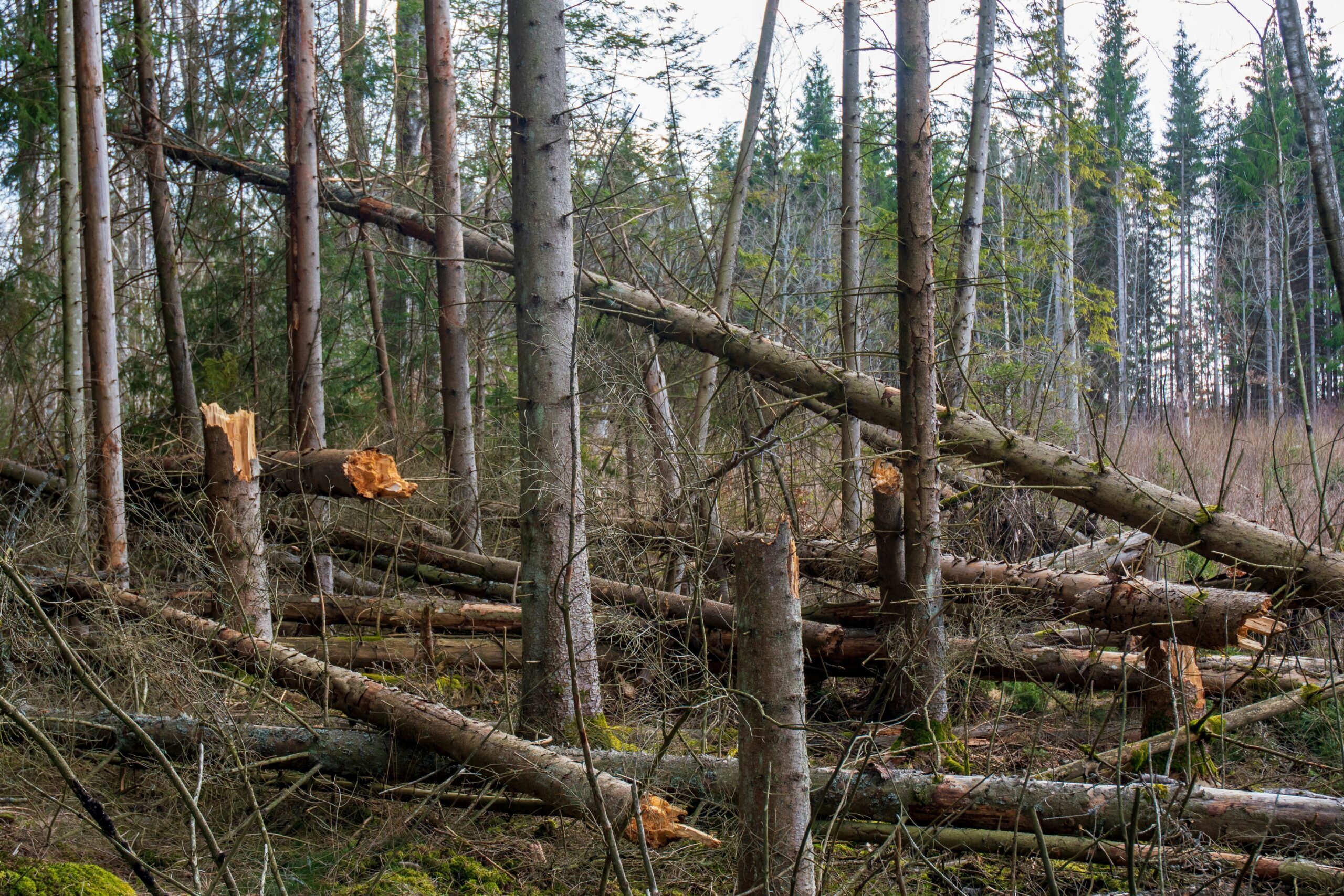The European Union Deforestation Regulation (EUDR) is more than another policy update. It’s a full-scale shift in how companies must prove their environmental responsibility. The regulation requires that certain commodities entering or leaving the EU market are not linked to deforestation or illegal land use. This includes coffee, cocoa, timber, palm oil, soy, cattle, and rubber.
To comply, companies must trace their products back to their origin, verify sourcing data, and provide detailed due diligence statements. It’s a serious step toward global sustainability but also a complex challenge for many businesses that lack the right systems to collect and verify data.
That’s where EUDR compliance software comes into play. It’s designed to simplify this entire process, helping companies move from spreadsheets and manual checks to fully traceable, automated, and audit-ready systems.
Why EUDR Compliance Matters
At first glance, EUDR compliance may look like just another administrative hurdle. But the bigger picture is about responsibility and market access. Non-compliance can lead to penalties, blocked imports, or even reputational damage that’s hard to fix.
For companies operating across borders, it’s not only about staying on the right side of the law. It’s about proving to customers and partners that their supply chain is transparent and deforestation-free. In a time when sustainability affects purchasing decisions and investor confidence, EUDR compliance has become a critical business requirement rather than an optional box to tick.
How EUDR Compliance Software Simplifies the Process
Manual compliance processes are slow and error-prone. Data gets scattered across teams, supplier communication is patchy, and satellite verification can be hard to interpret. Modern compliance tools fix this by combining automation, geospatial analysis, and smart reporting.
Here’s what the best EUDR compliance software typically does:
- Automates data collection from suppliers and farms
- Integrates satellite-based deforestation monitoring to identify risks
- Centralizes documentation to keep everything audit-ready
- Generates due diligence statements (DDS) automatically for EU submissions
- Maintains real-time traceability across the entire supply chain
The result is a single platform where all information flows together, reducing the time, cost, and risk involved in meeting EUDR obligations.
Core Features of EUDR Compliance Software
1. Supply Chain Traceability and Mapping
To comply with EUDR, businesses need to show exactly where their materials come from. Compliance software makes this possible by using geolocation data, digital maps, and plot registration tools.
With this feature, companies can:
- Digitize their supplier network and map all production areas
- Monitor land-use changes with satellite imagery
- Detect potential deforestation activity automatically
- Keep clear traceability from the farm to the final product
This kind of mapping is essential because it connects on-the-ground reality to the digital records used in compliance reporting.
2. Risk Assessment and Early Warnings
One of the toughest parts of compliance is spotting potential deforestation risks before they turn into violations. AI-driven analysis tools help here. They use data from satellites, weather patterns, and known deforestation zones to create automated risk scores for each supplier or farm.
If something looks suspicious, the system triggers alerts so compliance teams can investigate early. This proactive approach reduces errors and helps avoid delays during audits.
3. Automated Due Diligence Reporting
The EUDR requires a due diligence statement for each shipment entering or leaving the EU market. Doing this manually can take hours for a single product batch. Software solutions simplify it by pulling data directly from your system and creating pre-filled, compliant reports in minutes.
Typically, the software includes:
- Templates aligned with EUDR reporting requirements
- Automated checks for missing information
- Direct submission options for EU portals or local authorities
- Centralized storage for audit trails
This automation ensures that every consignment has a complete, verifiable paper trail without the usual stress of document management.
4. Supplier Data Management
Managing suppliers is at the heart of compliance. Many businesses rely on dozens, sometimes hundreds, of small producers or intermediaries. A strong EUDR tool makes this more manageable.
Companies can:
- Send automated data collection forms to suppliers
- Upload CSV files or integrate ERP systems for bulk updates
- Review and verify supplier certifications and declarations
- Assign confidentiality controls to protect sensitive data
This keeps supplier communication consistent and traceable while maintaining data security.
5. Integration with Existing Systems
EUDR compliance software works best when it fits into your current workflow. Most modern platforms integrate smoothly with ERP systems like SAP, geospatial tools, and sustainability dashboards. This kind of integration eliminates the need for double data entry, keeping information consistent and reducing manual effort. It also enables real-time updates across departments, which helps everyone stay on the same page.
By linking procurement, logistics, and compliance teams through a shared system, companies gain better coordination and faster response times. Visibility into risks and documentation becomes more consistent, which is key when preparing for audits or responding to regulator requests. Best of all, this approach allows businesses to keep using the systems they already rely on, while simply adding an EUDR-specific layer of automation and reporting.

The Benefits of Digital Compliance
Implementing EUDR software doesn’t just make regulatory tasks easier. It changes how companies handle environmental responsibility at every level.
Key benefits include:
- Better control and transparency across the supply chain
- Faster, more accurate due diligence reporting
- Lower compliance costs through automation
- Fewer data errors and missing documentation
- Improved audit readiness and legal protection
- Stronger relationships with sustainable suppliers
By replacing manual processes with a centralized system, businesses can focus on improving their sustainability performance instead of chasing paperwork.
Beyond Compliance: Building Trust and Value
Sustainability regulations like the EUDR aren’t going away. In fact, more countries are expected to follow similar laws. Companies that get ahead of the curve now will not only meet compliance deadlines but also gain a competitive edge.
Using reliable compliance tools shows investors, regulators, and consumers that your company is serious about environmental impact. It turns compliance into an opportunity to build trust, improve brand reputation, and open new market possibilities.
What Makes a Good EUDR Compliance Platform
Choosing the right EUDR compliance software isn’t just about ticking off features. It’s about finding a tool that actually fits how your business works and supports your team through a complex regulatory landscape. A good platform should be practical to use, easy to implement, and flexible enough to grow with your operations. You don’t need something bloated with features you’ll never use or so technical that only a handful of specialists can operate it. Instead, you want a tool that simplifies compliance and adds clarity to your day-to-day workflow.
At the core, a strong EUDR solution should offer reliable traceability from the original farm or plantation all the way to the end product. It should use real-time monitoring to flag deforestation risks and provide smart ways to score and rank potential issues before they turn into regulatory problems. If the platform helps you onboard suppliers smoothly, validate their data, and manage communication, that’s another big plus.
You’ll also want built-in templates for due diligence statements and an easy way to generate and submit those reports. Systems that connect to your existing tools, like your ERP or mapping software, make things a lot smoother and save your team from double-entry headaches. Data security matters too, especially with sensitive supplier information involved, so secure storage and detailed audit trails should be part of the package.
Finally, it helps when the platform isn’t static. EU regulations evolve, and your compliance software should be able to keep up. Tools that get regular updates and include options for training or onboarding support can make a major difference, especially if your team is still learning the ins and outs of EUDR. It’s not just about features on paper; it’s about ongoing support, clarity, and giving your team confidence to manage compliance without losing focus on the core business.

How We Approach EUDR Compliance
La Conformitatea EUDR, we’re focused on making EUDR compliance faster, clearer, and easier for companies that deal with regulated commodities. We understand that most businesses aren’t set up to handle satellite monitoring or complex data verification on their own. So we built a platform that does the heavy lifting. Our system uses automated, satellite-based analysis to track deforestation risks and streamline the reporting process, all while keeping your team in control of the data. You get timely alerts, clean reports, and better visibility, without getting lost in a maze of spreadsheets and disconnected tools.
Everything we’ve developed is centered around the idea that compliance should support your business, not slow it down. Whether you’re working with coffee, rubber, soy, or timber, our tools help you stay aligned with EUDR requirements from day one. We keep things smart, simple, and scalable, so you’re always a step ahead, no matter how your supply chain evolves.
Common Challenges Companies Face
Even with the right tools, compliance isn’t always straightforward. Businesses often struggle with:
- Inconsistent or incomplete supplier data
- Language and communication barriers across regions
- Satellite data that’s difficult to interpret
- Lack of internal resources for compliance management
- Unclear understanding of legal responsibilities
These challenges make automation even more valuable. Software that combines geospatial analysis, AI-driven verification, and automated reporting can fill many of these gaps and reduce the overall workload.

Maintaining Compliance Over Time
Meeting the EUDR requirements once isn’t enough. The regulation expects ongoing monitoring and reporting. The best compliance platforms provide continuous updates, risk re-evaluations, and alerts when supplier data changes.
Regular audits and automated notifications help companies keep their information accurate and avoid lapses. Over time, this turns compliance into a steady, repeatable process instead of a last-minute scramble before each shipment.
Preparing for the Future of Sustainable Trade
EUDR compliance software represents a major step toward more responsible global commerce. As technology improves, these systems will likely expand to include predictive analytics, machine learning risk models, and cross-regulation management tools that help with other standards like CBAM or CSRD.
Businesses that adopt these tools early won’t just meet today’s rules but will also be ready for whatever comes next in sustainability reporting.
Concluzie
EUDR compliance is no longer just a formality; it’s a key part of how modern supply chains operate. The companies that treat it as an opportunity instead of an obstacle are already setting themselves apart. With the right software, compliance becomes less about paperwork and more about insight. It gives you a real view of your supply chain, helps you make faster decisions, and keeps your business protected against regulatory risks.
What matters most is having a system that does the hard work behind the scenes, allowing your team to focus on strategy rather than data management. As sustainability expectations continue to grow, investing in reliable EUDR compliance software is one of the smartest long-term moves any company can make. It’s how transparency becomes routine and responsibility becomes part of everyday operations.
ÎNTREBĂRI FRECVENTE
What is EUDR compliance software?
It’s a digital tool designed to help businesses meet the European Union Deforestation Regulation. It automates the process of collecting supplier data, monitoring land use through satellite imagery, and creating due diligence reports that prove your products are sourced responsibly.
Who needs to use EUDR compliance software?
Any company that imports or exports products like coffee, cocoa, palm oil, rubber, soy, timber, or cattle to or from the EU should use it. These commodities are directly covered under the EUDR, and businesses must show proof that their supply chains are free from deforestation.
How does EUDR software track deforestation?
Most platforms integrate satellite-based monitoring systems that analyze land-use changes. They can distinguish between natural forests and plantations, detect potential deforestation, and alert you if any supplier’s activity looks high-risk.


